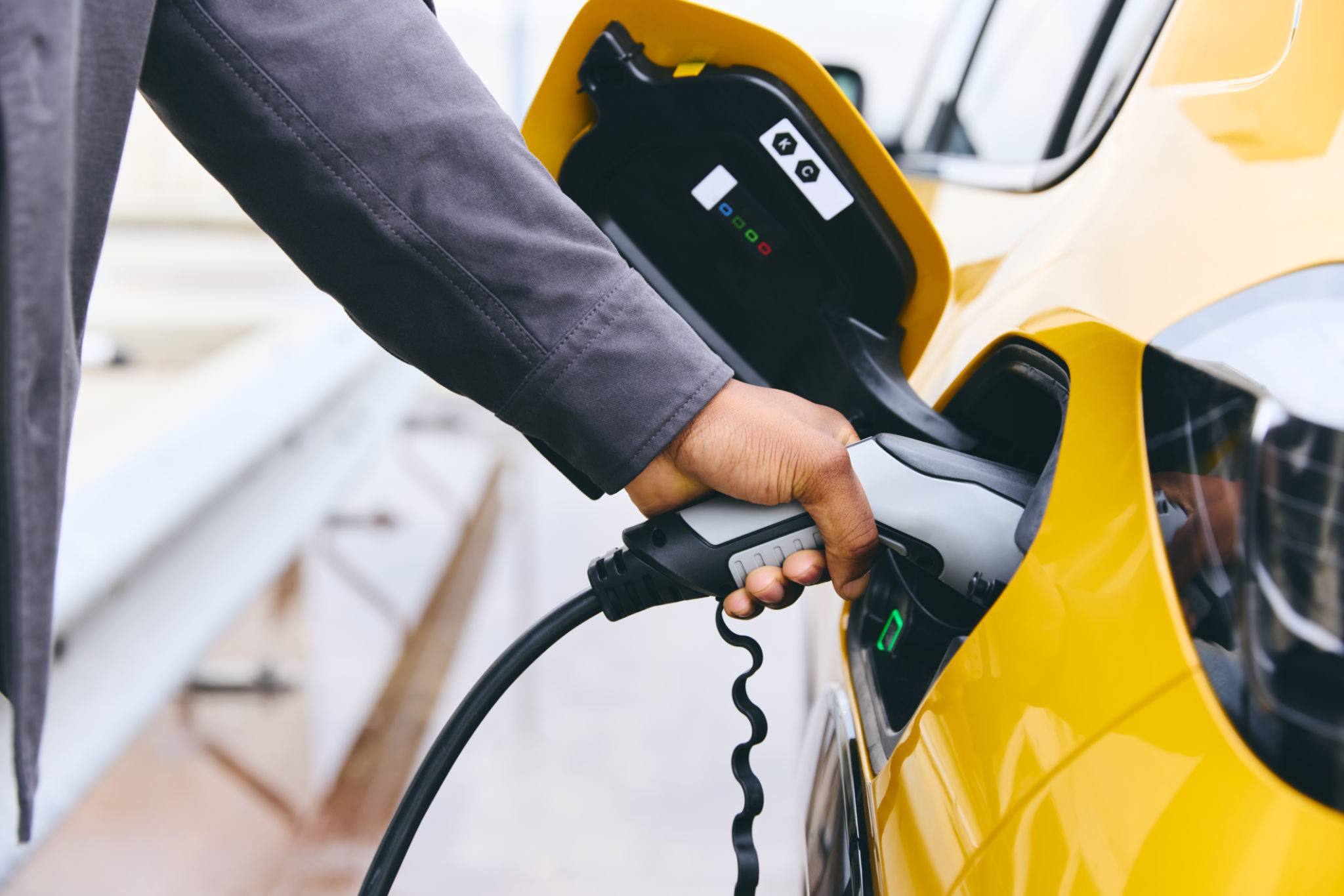A Beginner's Guide to Understanding Electric Vehicle Charging Stations
Introduction to Electric Vehicle Charging Stations
As the adoption of electric vehicles (EVs) continues to rise, understanding how to charge them is increasingly important for new EV owners. This guide will walk you through the basics of electric vehicle charging stations, helping you make informed decisions and ensuring a seamless transition to electric driving.
Electric vehicle charging stations, also known as EV chargers, are essential for powering your EV. They come in various types and levels, each offering different charging speeds and compatibility options. Knowing the right station for your needs can make all the difference in your EV experience.

Types of Charging Stations
Level 1 Chargers
Level 1 chargers are the most basic type of EV chargers, using a standard 120-volt household outlet. While they are convenient and require no special installation, they are also the slowest option, providing about 2 to 5 miles of range per hour of charging. Level 1 is ideal for overnight charging at home.
Level 2 Chargers
Level 2 chargers operate on a 240-volt system, similar to large household appliances like dryers. These chargers are much faster, adding about 10 to 60 miles of range per hour. While they require professional installation, they are suitable for both home and public charging, making them a popular choice for many EV owners.

DC Fast Chargers
DC Fast Chargers are the fastest option available, allowing EVs to charge up to 80% in as little as 20 to 40 minutes. These stations use direct current (DC) and are typically found in public charging networks along highways and busy urban areas. They are ideal for long-distance travel but are not suitable for home use due to their high power requirements.
Understanding Charging Connectors
Charging connectors are the interface between your EV and the charging station. It's crucial to know which connector is compatible with your vehicle. Common connector types include:
- J1772: Standard for Level 1 and Level 2 charging in North America.
- CHAdeMO: Used primarily for fast charging in Japanese vehicles.
- CCS: A combination connector used for both AC and DC charging.
- Tesla Connector: Proprietary connector used by Tesla vehicles, with adapters available for other types.

Finding Charging Stations
Locating charging stations is easier than ever thanks to a variety of apps and online platforms. Popular options include PlugShare, ChargePoint, and EVgo. These tools allow you to find nearby stations, check availability, and even set up notifications when a station is free.
Many public charging stations offer different pricing models, such as pay-per-use or subscription-based services. Understanding these options can help you manage charging costs effectively.
Conclusion
Transitioning to an electric vehicle can be a rewarding experience, both environmentally and economically. By understanding the different types of charging stations and their features, you can ensure your EV is always ready to hit the road. As technology continues to evolve, staying informed will help you make the most of your electric driving adventure.